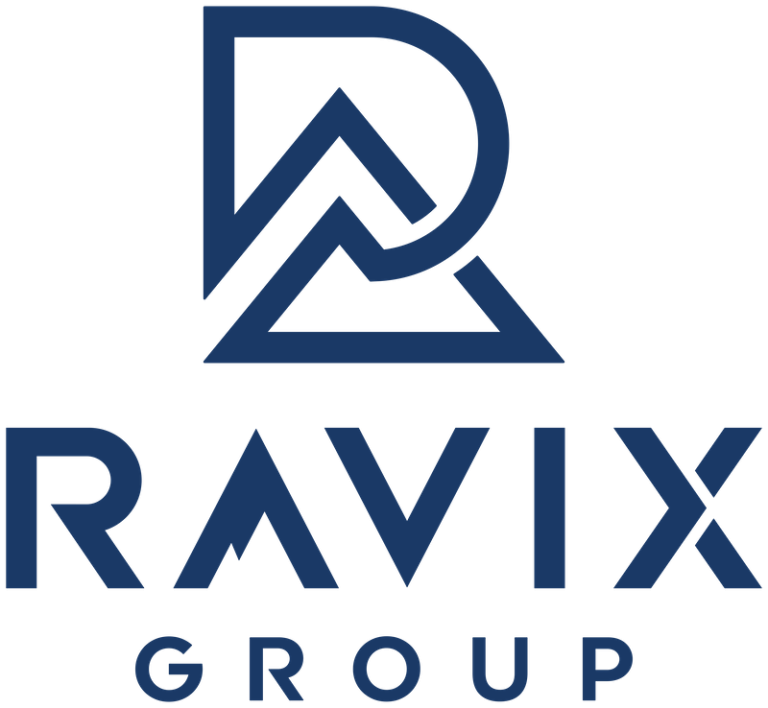In times when you’re constantly running out of runway in the dreaded zone of insolvency, and as a founder, you feel like making payroll is an impossible obstacle course every two weeks, understanding and managing every aspect of your startup’s cash flow and sales becomes a matter of survival. This is where a waterfall analysis can become your most valuable tool. As a Chief Restructuring Officer, I’ve seen firsthand how this approach can transform a startup’s approach to accounts receivable (A/R) management and sales strategy. Check out my first post on Reviewing Financial Health Part 1: The Analysis of Receivables and Payables for my reasoning on why its important to start with business cash flow when making turnaround efforts.
What is a Waterfall Analysis?
A waterfall analysis is a detailed, step-by-step breakdown of data over a period. It’s commonly used to track cash movement or sales performance. During startup turnarounds, this analysis provides crucial insights into how cash flows into your business and pinpoints areas where it might be stagnating.
Why Waterfall Analysis is Essential in a Turnaround
In a turnaround, every decision must be data-driven and strategic. A waterfall analysis provides the clarity and specificity needed to make these decisions effectively. It’s not just about understanding where you are; it’s about knowing exactly what needs to change to improve your cash position and sales performance.
Implementing Waterfall Analysis for A/R Management
1. Aging Analysis: Classify your receivables based on age (e.g., 0-30 days, 31-60 days). This categorization clarifies which payments are overdue and to what extent.
2. Pattern Identification: Assess your A/R for recurring trends. Are there customers who regularly delay payments? Do collections slow down during certain periods? Recognizing these patterns enables proactive action.
3. Prioritization of Collections: Focus your collection efforts strategically. Target the largest and oldest receivables first, as these significantly affect your cash flow.
Applying Waterfall Analysis to Sales and Revenue
1. Sales Conversion Timeline: Analyze the duration from lead acquisition to sale conversion and finally, to cash realization. Identifying delays or drop-offs in this process is critical for making improvements. During tough times, sales cycles are longer, so its important to track.
2. Sales Channel Effectiveness: Evaluate how efficiently different sales channels convert leads into cash. Prioritize and refine the most effective channels.
3. Forecasting and Planning: Accurate forecasting, based on your waterfall analysis, ensures optimal resource allocation and focuses your efforts on the most profitable activities.
Comparing Your Startup’s Cash Runway and Budget Cuts Using Waterfall Analysis
In a turnaround situation, closely monitoring your startup’s cash runway and implementing budget cuts are imperative. Waterfall analysis serves as a powerful tool for this, providing a clear visual representation of your financial trajectory and the impact of your cost-saving measures, which could go far with investors or future investors who are doing due diligence.
Step-by-Step Guide to Analyzing Cash Runway and Budget Cuts
1. Setting Up the Waterfall Chart: Start by setting up a spreadsheet where each column represents a specific period (monthly or quarterly). Include your starting cash balance at the beginning of each period.
2. Projecting Future Business Cash Flow: In the subsequent columns, record expected inflows (like revenue or investment) and outflows (such as operational expenses, salaries, and other costs). This projection will visually depict how your cash balance evolves over time, giving you your cash runway.
3. Incorporating Budget Cuts: Once you have a baseline projection, start incorporating different scenarios of budget cuts. For each potential cut, create a new column showing how it affects your cash runway. This could include reductions in marketing spend, operational costs, or even workforce adjustments.
4. Visual Impact Analysis: As you input various budget cut scenarios, the waterfall chart will dynamically illustrate how each action extends your cash runway. This visual representation helps in understanding the direct impact of cost-saving measures on your company’s financial health.
5. Comparing Scenarios: With multiple budget cut scenarios plotted, you can easily compare them side by side. This comparison helps in making informed decisions about which costs to cut and to what extent, balancing the need for savings with the potential impact on your business operations.
6. Identifying Key Decision Points: As you analyze different scenarios, look for key decision points where a small reduction in spending significantly extends your runway. These points are crucial for making targeted, impactful cuts without severely disrupting your business.
7. Regular Updates and Adjustments: Regularly update your waterfall analysis with actual financial data as it comes in. This practice will keep your projections accurate and allow for timely adjustments in your cost-saving strategies.
Why Use Waterfall Analysis for Cash Runway and Budget Cuts
– Clarity: Provides a clear understanding of how long your current cash will last under various scenarios.
– Strategic Decision-Making: Helps in prioritizing budget cuts that offer the most significant runway extension with the least operational impact.
– Dynamic Planning: Allows for quick adjustments and what-if analyses, adapting to changing circumstances.
– Communication Tool: Acts as an effective visual aid to communicate financial strategy and implications to stakeholders, including employees, investors, and board members.
Setting Up Your Waterfall Analysis
The most practical way to conduct a waterfall analysis is through a spreadsheet, tracking key metrics weekly. This setup should include:
– Date and Timeframe: Break down the data by week, month, or quarter, depending on your sales cycle.
– Key Metrics: Include metrics such as leads generated, conversion rates, time to close, invoice aging, and cash received.
– Goals vs. Actuals: Compare your actual performance against your goals to identify areas where you’re lagging.
– Actionable Insights: Use this analysis to make quick, data-driven decisions. If you’re behind on a goal, the waterfall analysis will show you precisely where to focus your efforts.
As startup founders, especially in times of crisis, you need tools that offer clear insights and direct paths to improvement. Waterfall analysis does just that. It empowers you to manage cash flow and sales with precision, ensuring you focus your efforts where they are needed most. Start implementing this approach today, and you’ll be better equipped to navigate through your startup’s turnaround successfully. Remember, in times of distress, knowledge is power, and a waterfall analysis gives you exactly that.
Our team of seasoned financial experts specializes in guiding startups like yours through the complexities of financial management. From detailed waterfall analyses to startup cash flow forecasting, we handle intricate financial tasks, so you don’t have to. Our goal is to give you the clarity and confidence to make informed decisions that drive your startup forward. Let’s meet:



